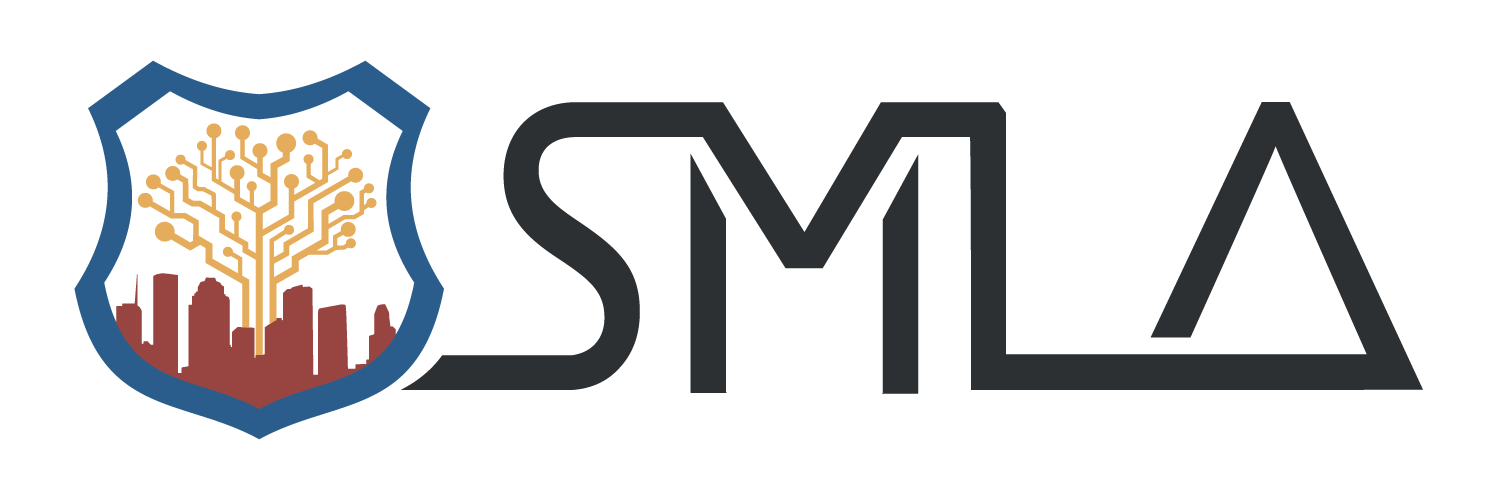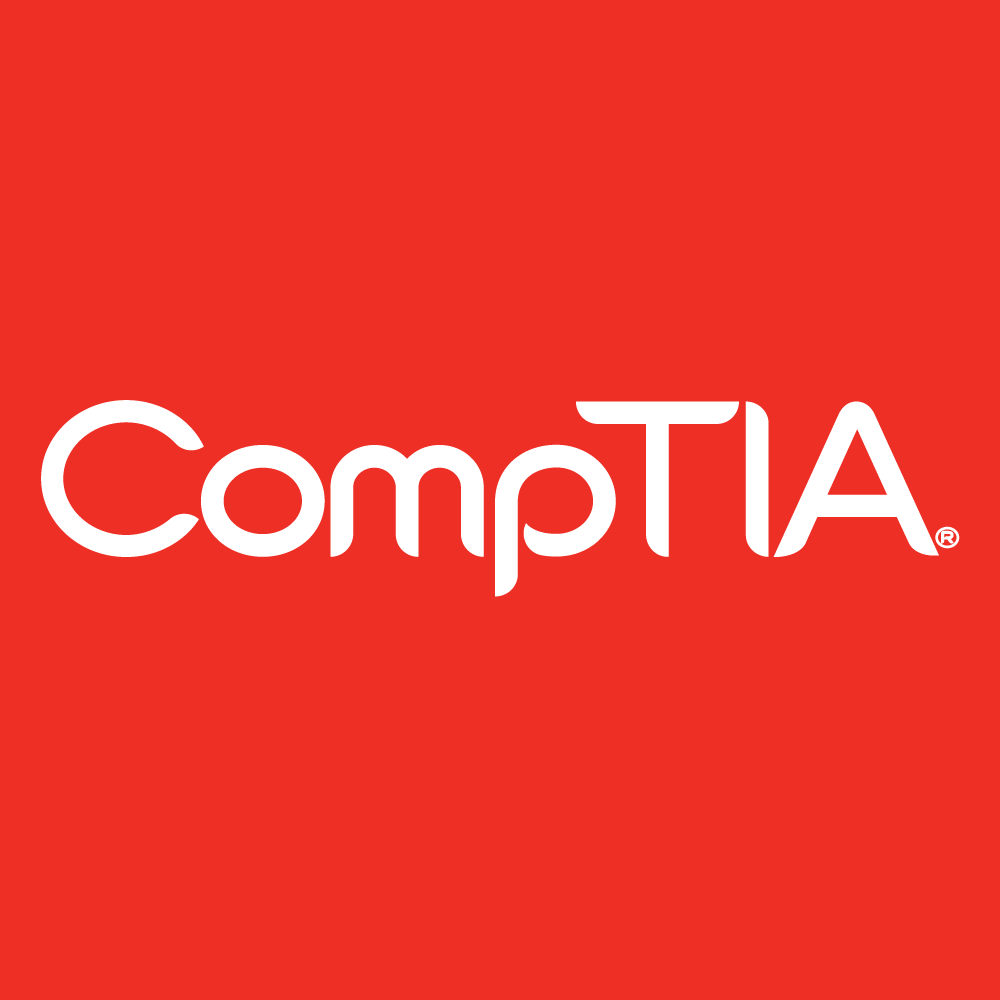What is CompTIA?
CompTIA is an industry wide technology association, providing leading certification programs that foster industry standards, and skills development.
CompTIA has more than 2 million IT Certification issued Worldwide.
Why Learn CompTIA?
CompTIA has been the global leader in vendor – neutral IT certification in skills ranging from IT support to networking and cyber security. CompTIA has developed certification exams that map directly to today’s current IT Job Roles.
Have a question?
Click below to chat with Riley, our AI education assistant, for answers to your questions.
Over 90% of our students qualify for Tuition assist at no cost for our training programs.
Schedule
Tuition
Live Online
Mon, Tues, Wed, Thurs 6pm - 10 pm
Spring 2025: January 6 to March 14
Self-Pace/Hybrid Office Hours
Fridays by appointment
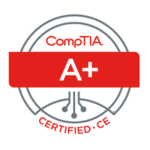
CompTIA A+ Certified
Learn how to optimize, troubleshoot, repair, upgrade, and perform preventive maintenance on personal computers, digital devices, and operating systems.
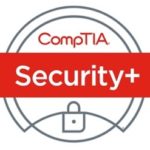
CompTIA Security+
Acquire skills required to install and configure systems to secure applications, networks, and devices; perform threat analysis and respond with appropriate mitigation techniques; participate in risk mitigation activities; and operate with an awareness of applicable policies, and laws.
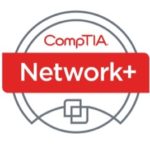
CompTIA Network+
Describe the major networking technologies and be able to configure, manage, and troubleshoot modern networks.
